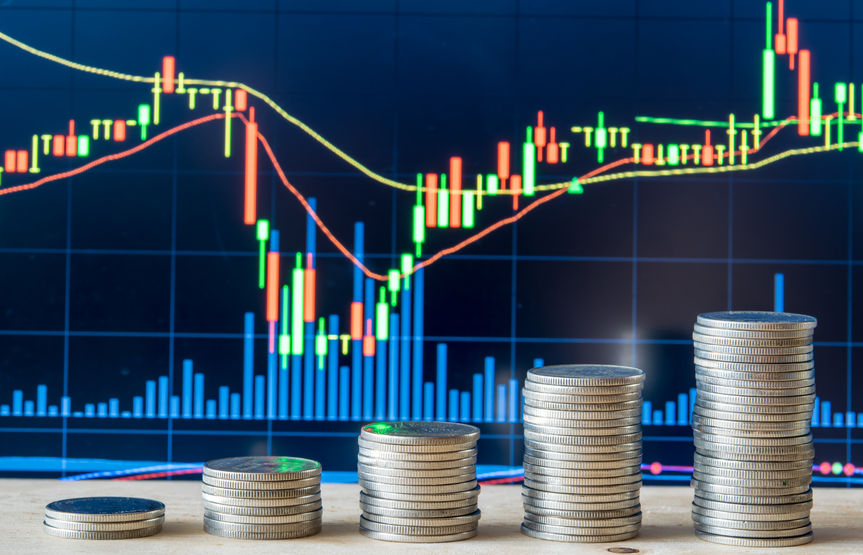
The pace of growth in ETFs’ assets under management (AUM) will accelerate in the next five years, added by digitization of the investment business, growing fee transparency and the transfer of wealth to tech-savvy millenials, according to ETF industry experts who spoke at the annual Inside ETFs conference in Hollywood, Fla. on Sunday.
Nigel Brashaw, partner and global ETF leader with PricewaterhouseCoopers LLP in Boston, predicted at the conference that the value of AUM in U.S.- listed ETFs, which currently stand at about US$2.5 trillion, will jump by another US$1 trillion before the end of 2018, bringing the total to US$3.6 trillion in AUM.
This growth rate is much faster than in the past, he said. It took from 1994 until 2010 for AUM in U.S. ETFs to reach the US$1 trillion milestone, but then only four years, until the end of 2014, for AUM in U.S. ETFs to reach US$2 trillion. Now, he expects U.S. ETFs will gather their next US$1 trillion in less than two years.
“It’s an amazing trajectory,” Brashaw said. “Five years ago, you could still find people who thought ETFs were a fad. You can’t find those people now.”
Brashaw also forecasted that the next US$1 trillion in growth will come increasingly from smart beta ETFs that go beyond passive index investing to incorporate other factors in the development of the ETFs’ underlying portfolios.
Fully active ETFs, which incorporate some degree of discretionary decision-making by portfolio managers — similar to mutual funds — will not see rapid growth and will remain “a footnote to the story,” he said.
“Until now the growth, has overwhelmingly been in the plain vanilla passive space,” Brashaw noted.
Currently, about US$2 trillion of the US$2.56 trillion in AUM in U.S. ETF is in passive strategies, with the bulk of the remainder in smart beta. There’s a small amount of assets in active strategies, primarily related to fixed-income ETFs, he said.
“Passive, broad index-based ETFs have become a commoditized business, and a scale business,” Brashaw told the conference. “Fees are low and going in one direction — lower. Does the world need another ETF based on the S&P 500?”
Brashaw cited figures from Chicago-based Morningstar Research that show the average management fee on U.S. ETFs has fallen by 15% since 2010.
Any providers who don’t have the scale of giant U.S.-based brand leaders such as Vanguard Group and BlackRock Inc. would be better off focusing on smart beta products on which they can differentiate themselves and for which fees are not the primary basis of comparison, Brashaw said.
That’s because smart beta ETFs tend to incorporate a multitude of factors in their strategies and can be more complicated than passive market-based ETFs.
“To be successful in smart beta,” he said, “providers must innovate.”
Brashaw expects robo-advisory services will continue to drive AUM to ETFs, which are well suited to robo-advisors’ basic asset-allocation services. He foresees that most financial services firms will incorporate robo-advisory services in their offerings rather than losing assets to robos.
At the other end of the client spectrum, Brashaw said large institutional investors, including sovereign wealth fund managers in the Middle East, are becoming interested in gaining various financial asset exposures through ETFs, and the main attraction is low fees and ease of access.
Matt Hougan, CEO of Inside ETFs, predicted one of the fastest areas of growth in 2017 will be fixed-income ETFs. AUM in fixed-income ETFs grew at a record pace in 2016, and he expects growth to accelerate this year.
In addition, Natalie Zahradnik, executive vice president with Pacific Investment Management Co. LLC in Newport Beach, Calif., cited figures showing the market capitalization of the global bond market at US$100.9 trillion, significantly larger than global equity market cap of US$64.6 trillion, which leaves potential for fixed-income ETFs to grow. There are US$446 billion in 264 ETFS in the U.S.
“Fixed-income ETFs are only 17% of the U.S. ETF market, so there’s lots of room to grow, if the average portfolio has a 60/40 equity/bond mix,” Zahradnik said.
Photo copyright: tibangpain/123RF